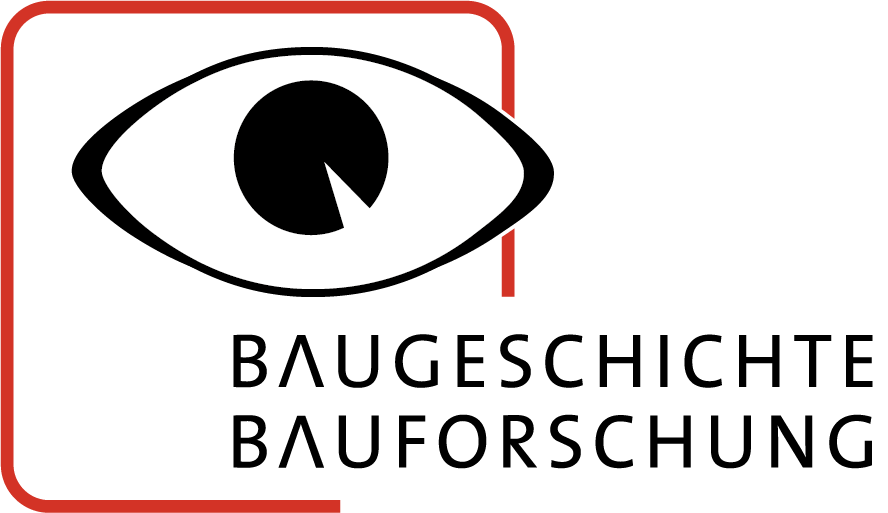History of Architecture Kosovo
“With the beginning of November 2015 Kosovo tried to join UNESCO and failed by three votes to secure the two-thirds majority needed to join the cultural agency. At issue was whether or not Kosovo government can be relied on to protect the country’s historic Orthodox Christian places of worship, four of which have been recognized by UNESCO as World Heritage sites and been placed at Serbia’s behest on a list of cultural monuments in danger”.
(The Economist, November 11th 2015)
To counterbalance those international impressions about the status of Kosovo’s architectural heritage, it is urgently necessary to publish neutrally peer reviewed academic books on its rich built cultural heritage. In 2015, Jaeger-Klein had already started to collect material on the architectural heritage of Kosovo with her TU-Wien and UBT Prishtina students. This material can be grouped in cities and sites of Roman Kosovo, fortified castles and fortresses, medieval trading routes and bridges, catholic medieval mining towns, orthodox churches and monasteries, the northern Albanian tower house (kulla), regional market places, Ottoman urban planning, Ottoman religious and administrative structures, Ottoman-Albanian residences (banesa), modern Yugoslavian architecture and first projects of rehabilitation and adaptive reuse in Kosovo. The collected material in 2016 was ready to be published in the following book.
Publication in Process – History of Architecture Kosovo
Outline and Guidebook: The planned publication is divided into two parts – an outline of the architectural history of nowadays Kosovo in general, followed by a guidebook through selected monuments and sites, buildings and ensembles. The first section of the book will present the closer connection between the history of the territories and its cultural built heritage. Therefore it outlines the major periods of architectural history of the region, its important stakeholders and planners, autochthonous traditions and foreign influences, natural resources of material and crafts and technologies to use them during the building process.
The text is underlined by some selected historic or current representative photographs of architecture and/or illustrations. This part should support cultural education within the region in general, but additionally inform the public worldwide. The second section, the guide, describes in particular single monuments and sites, buildings and ensembles in their current status, but also referring to building phases and changes within the course of times. It should serve as guidebook for all kinds of visitors from architects to cultural tourists, but also address the interested parts of the local population and/or responsible administrative or political authorities. Therefore it provides besides the text standardized plan material and the basic data.
The guide book part is organized in general chronologically, but groups additionally several building types thematically. The book is edited by the Austrian architectural historian professor Caroline Jaeger-Klein together with UBT Prishtina. Jaeger-Klein will also be the main author in charge. For some chapters, she will have several co-authors from the academic staff of UBT and from CHwB as local experts.
